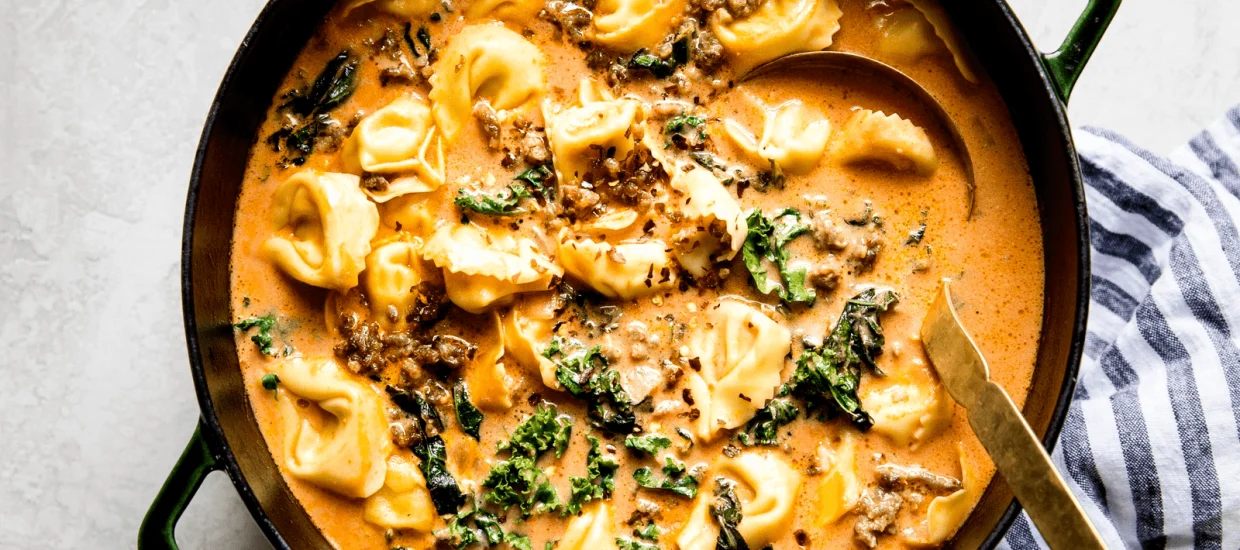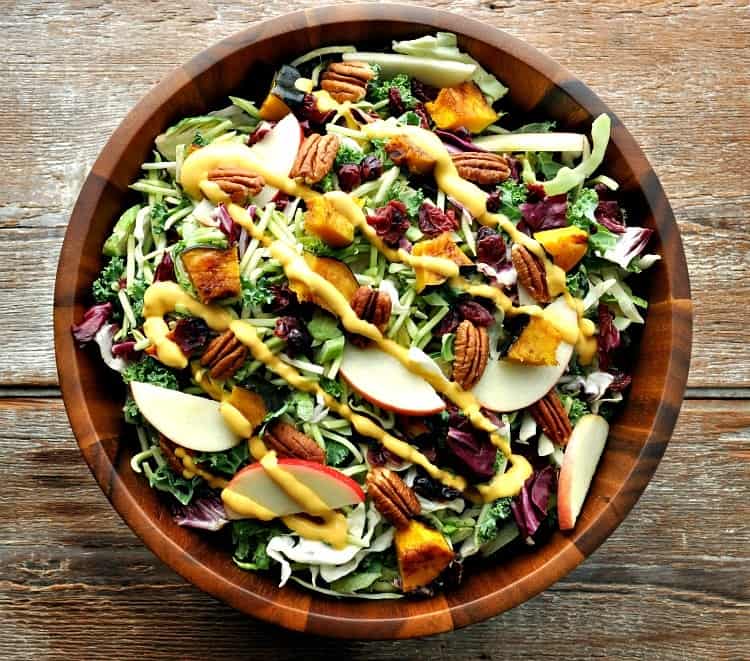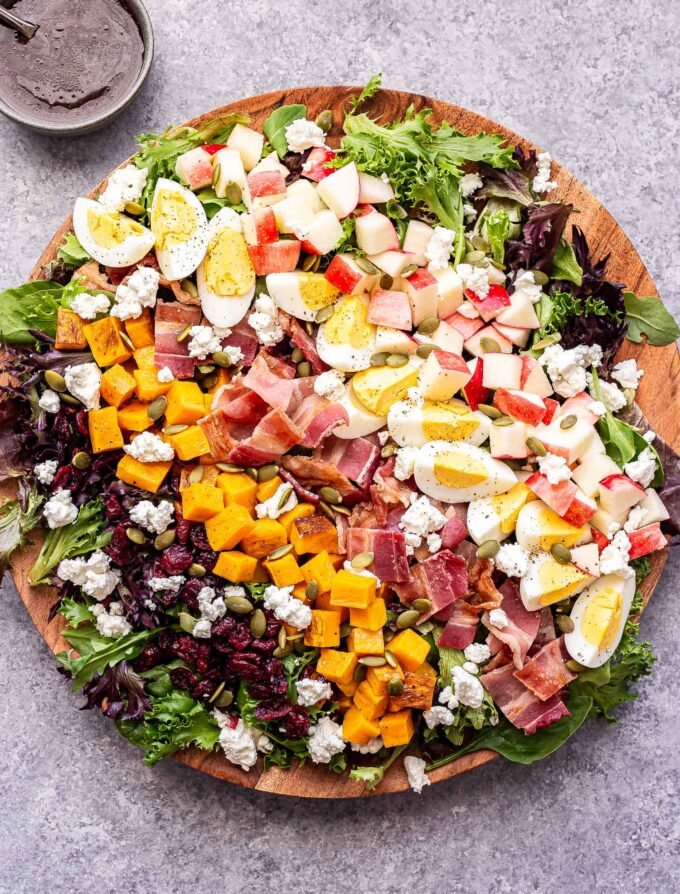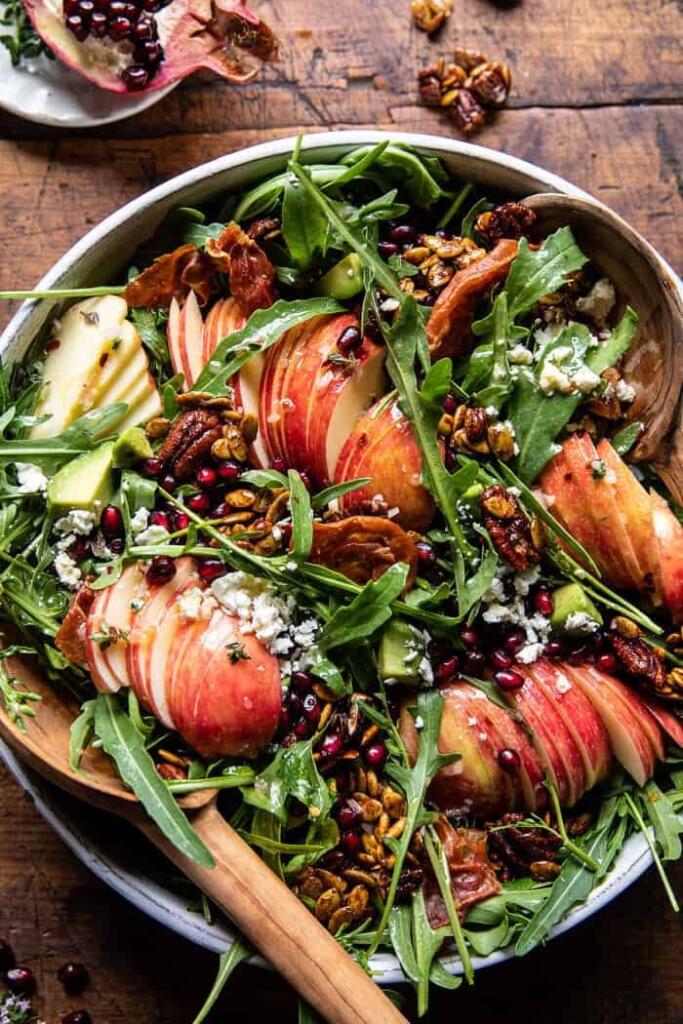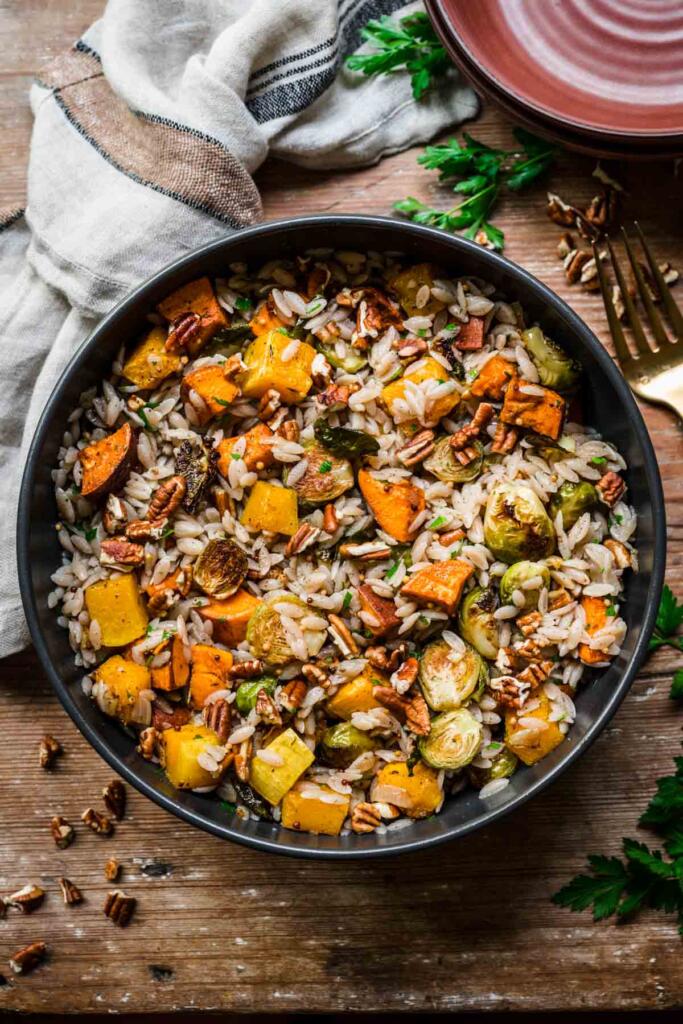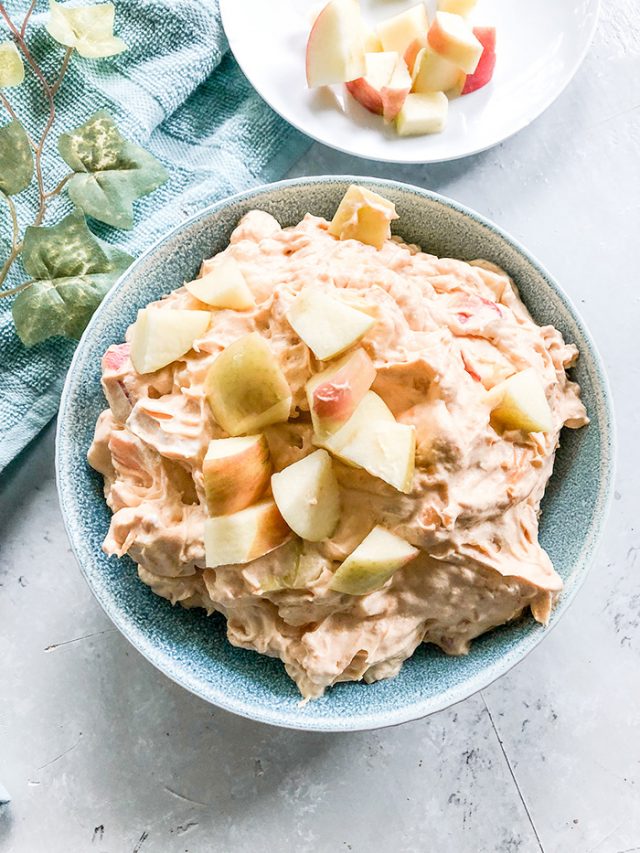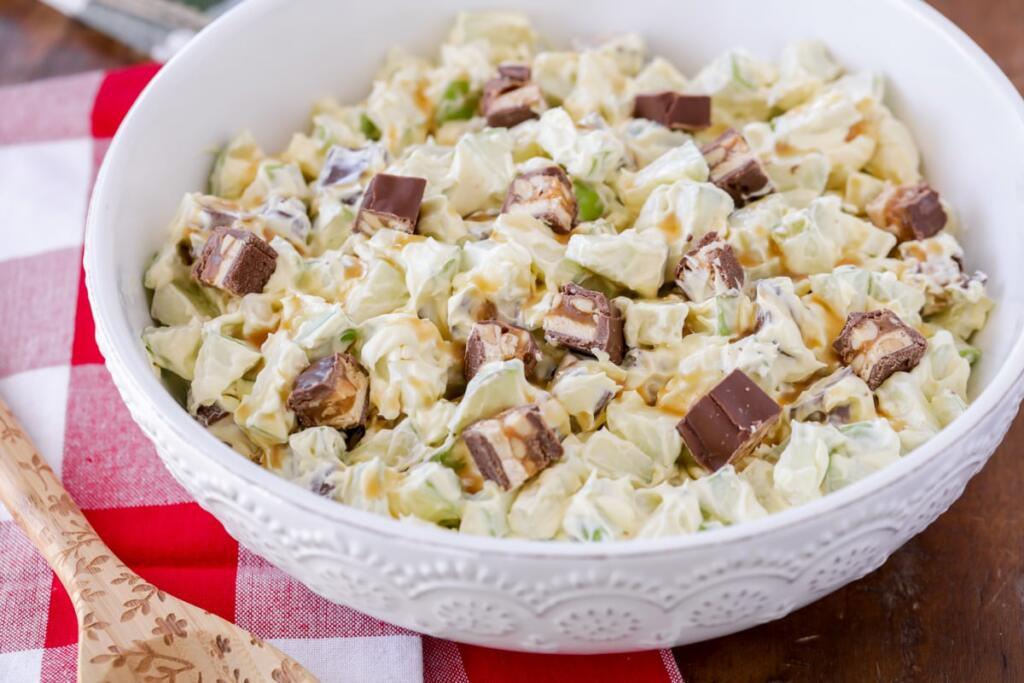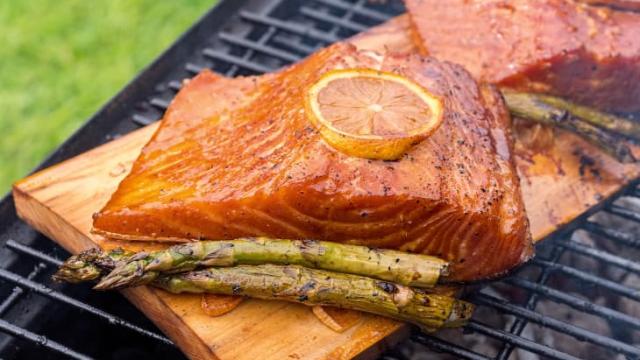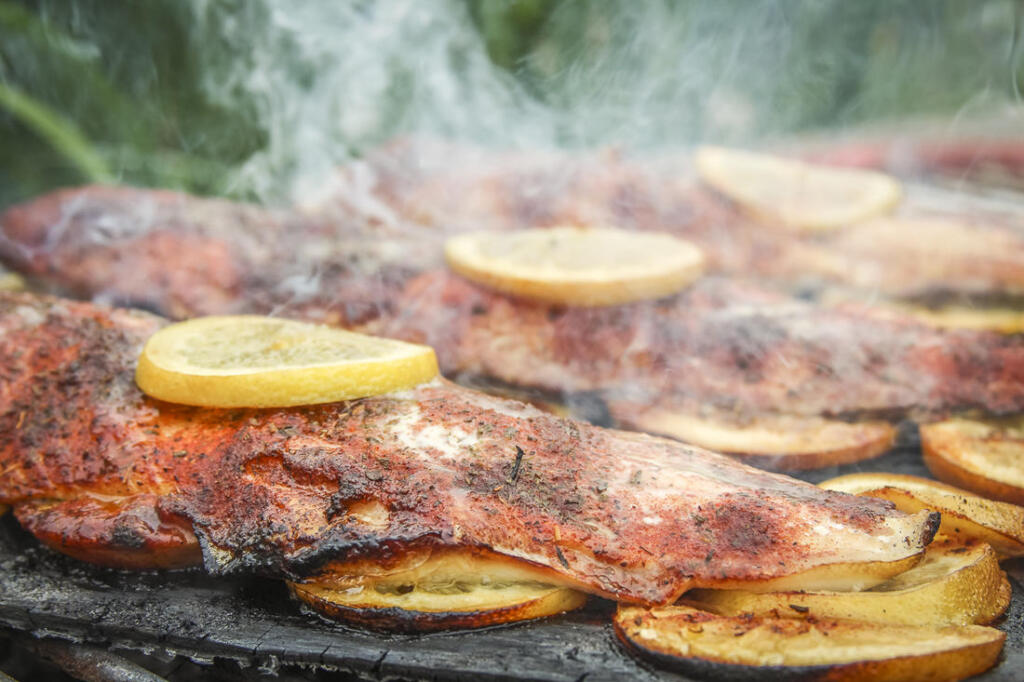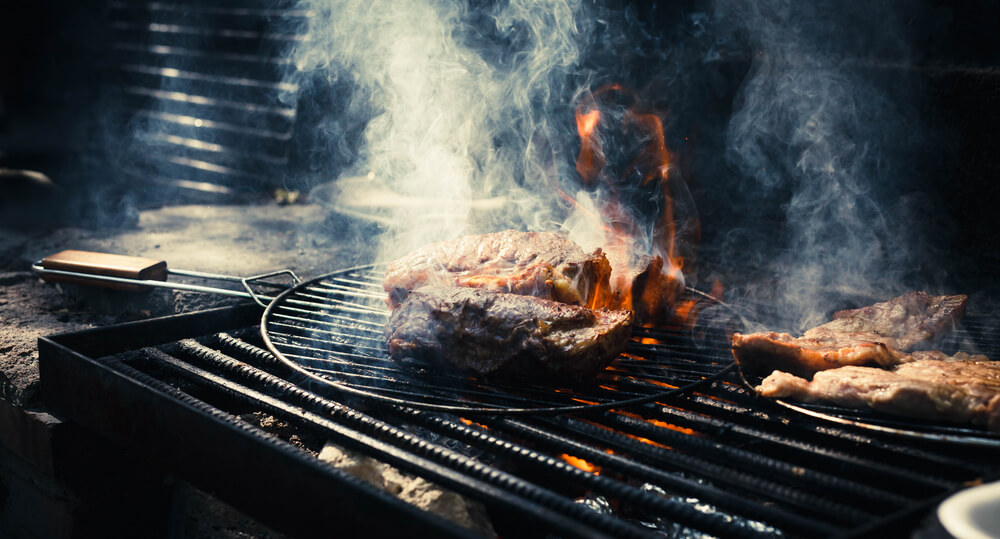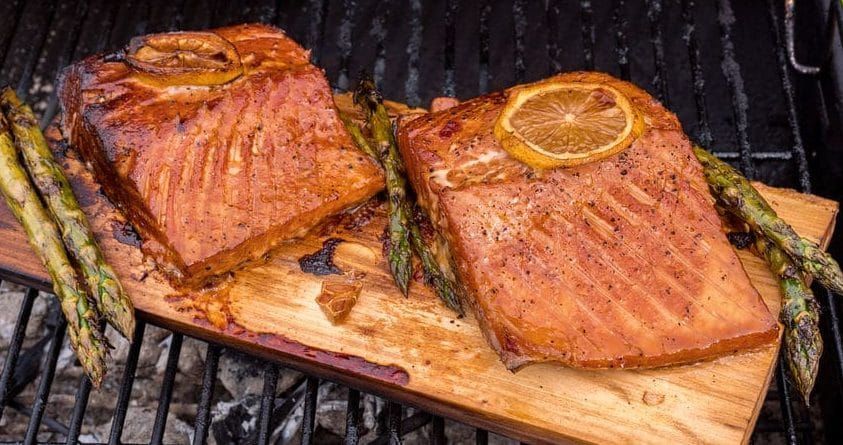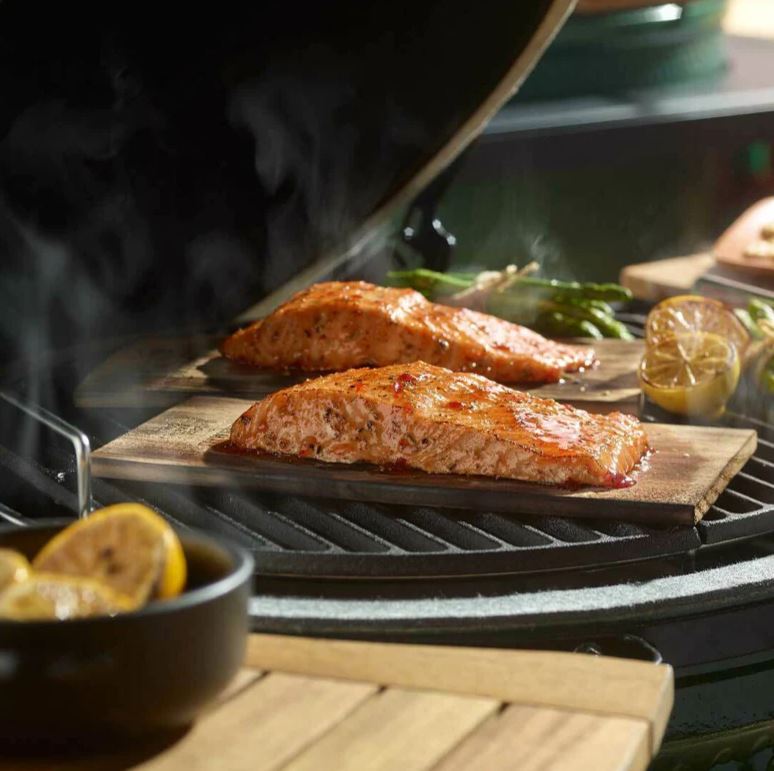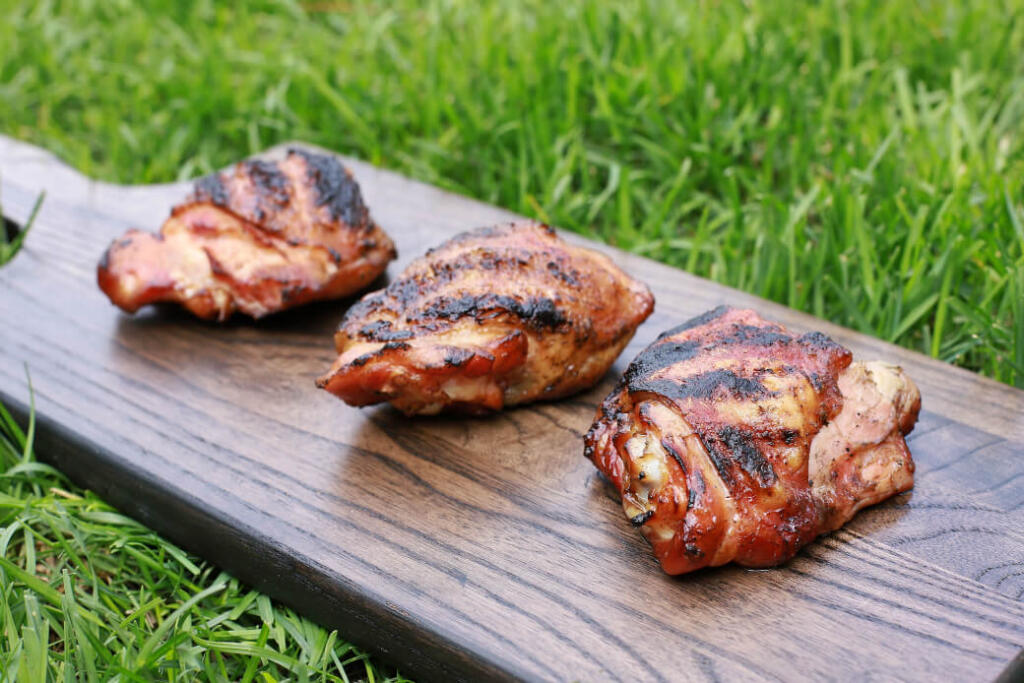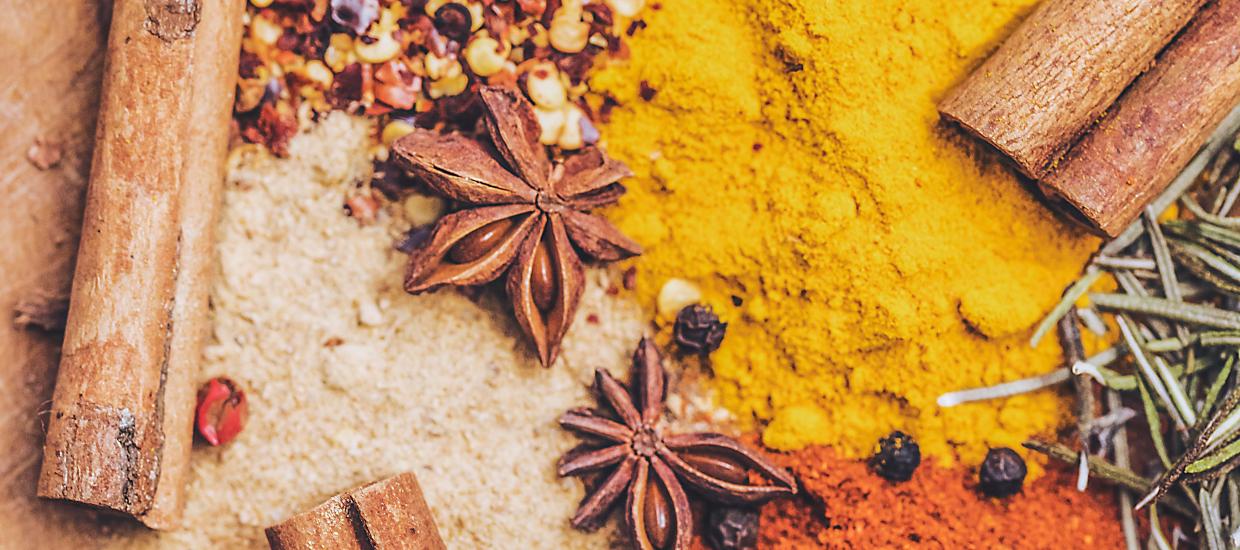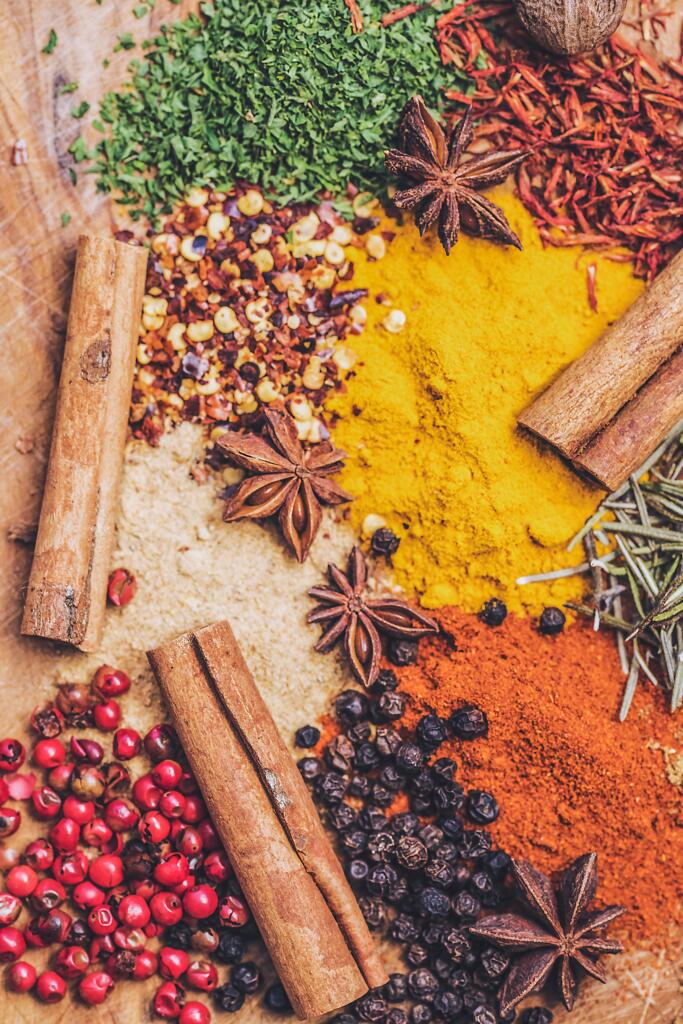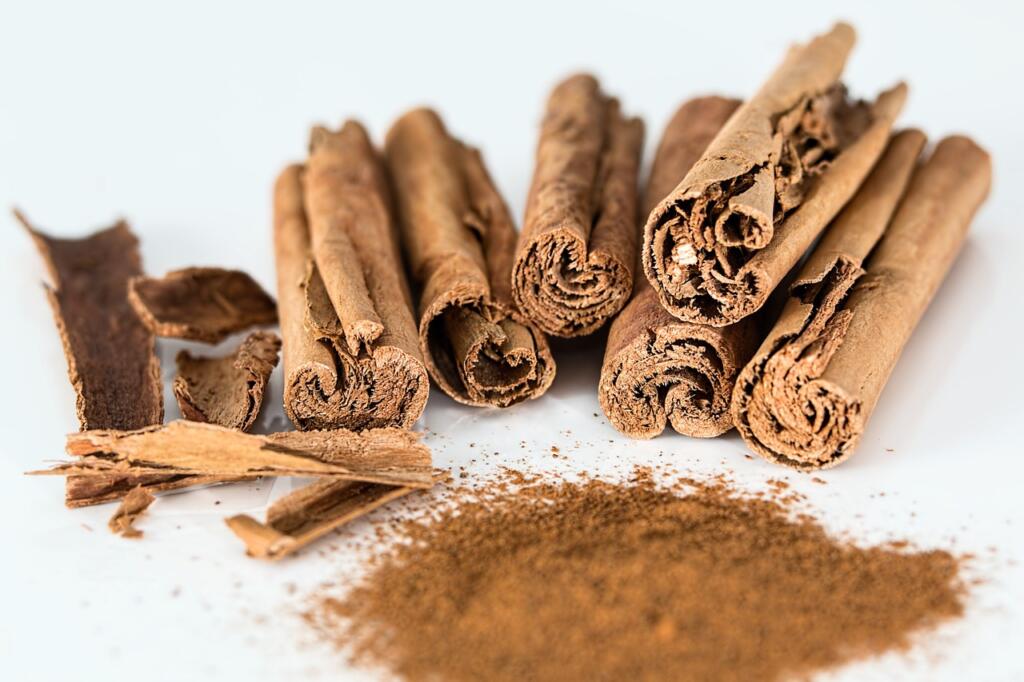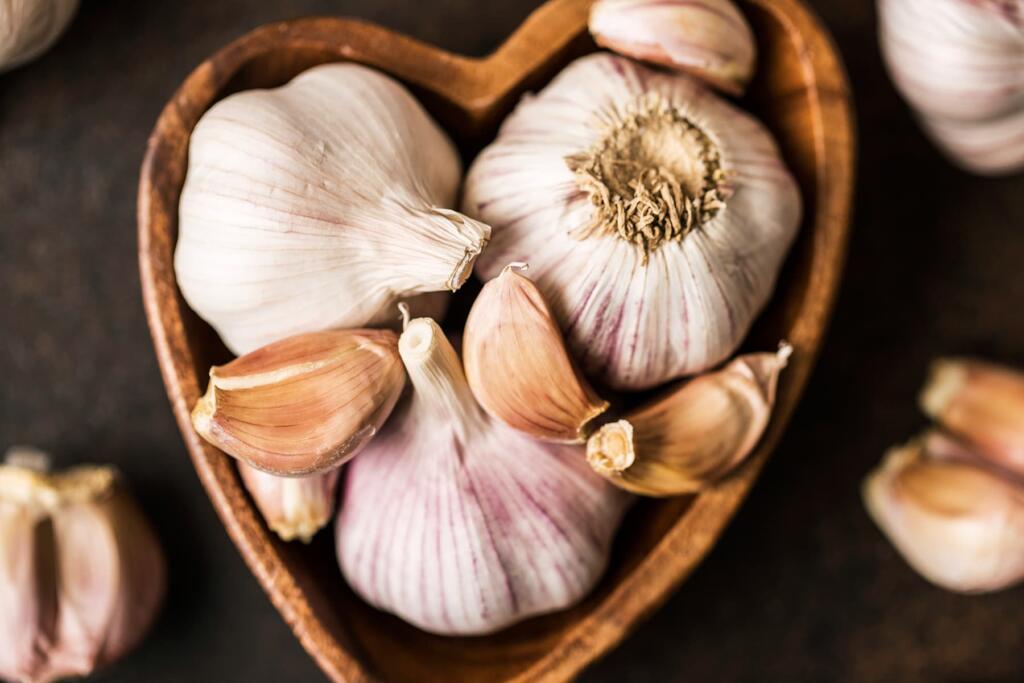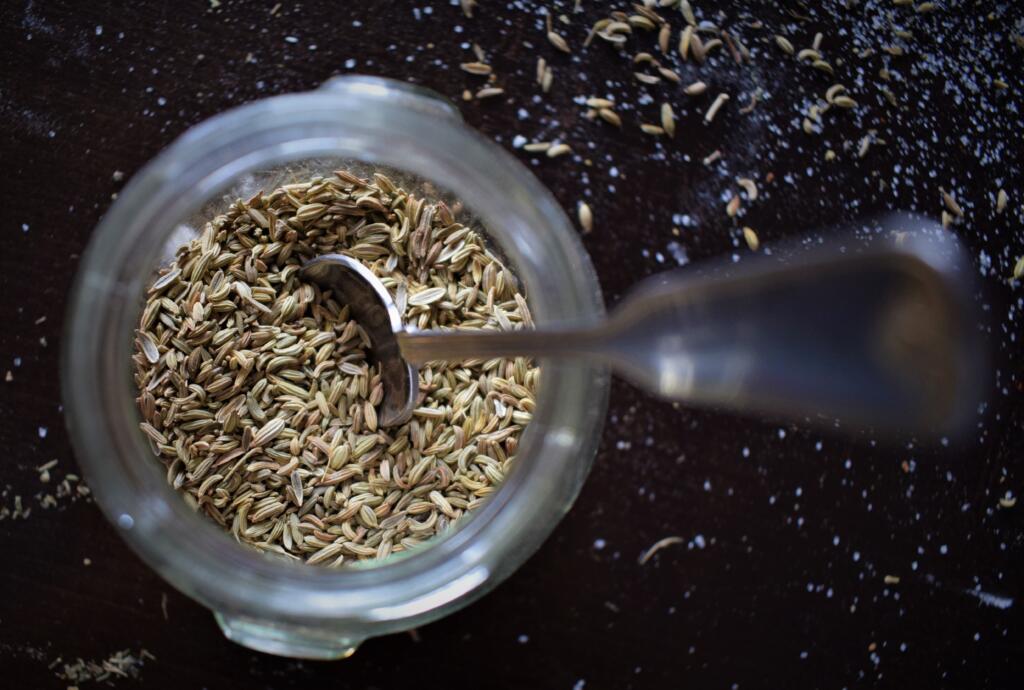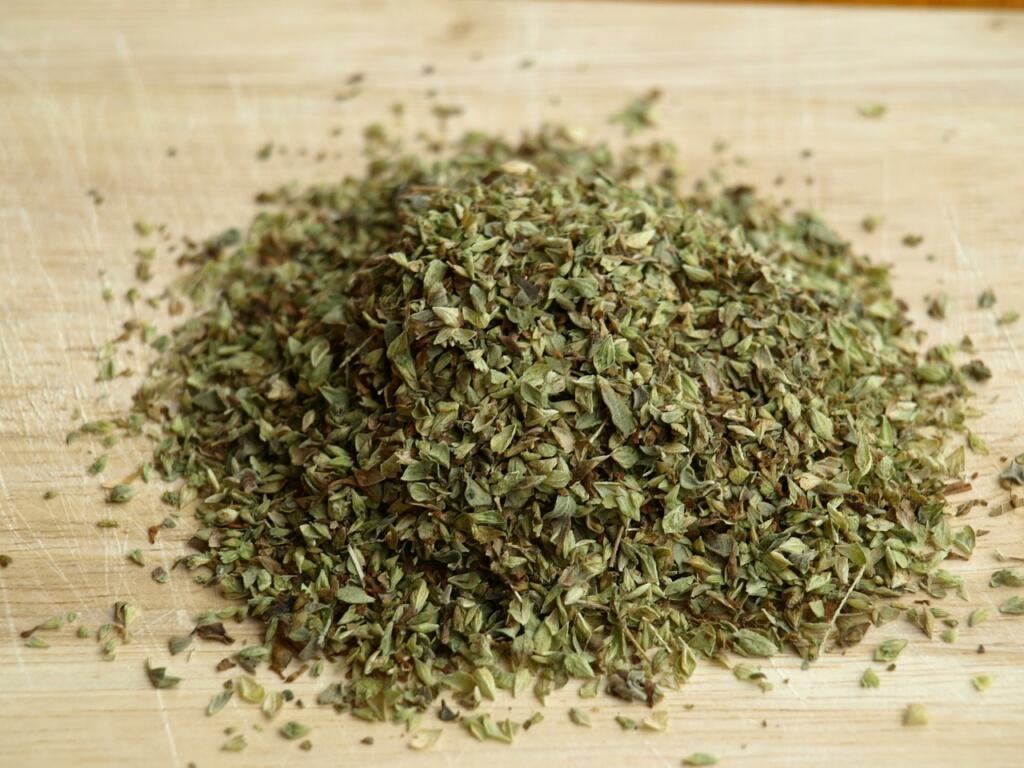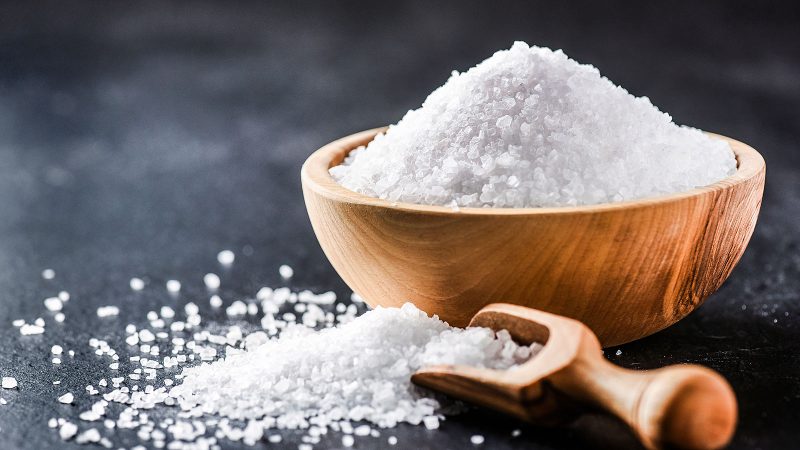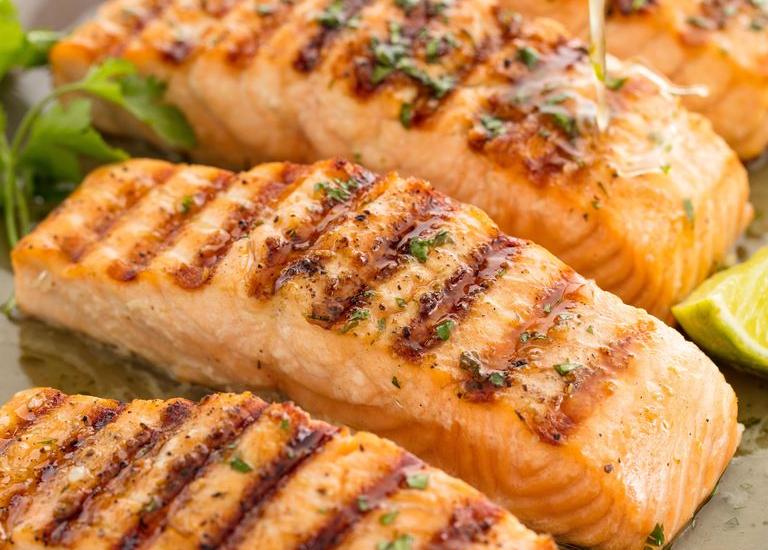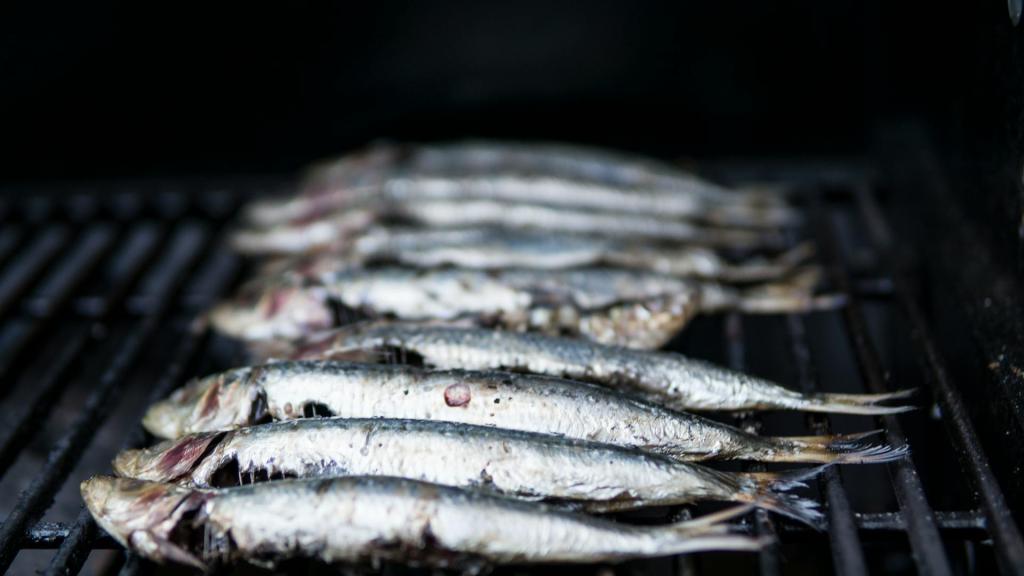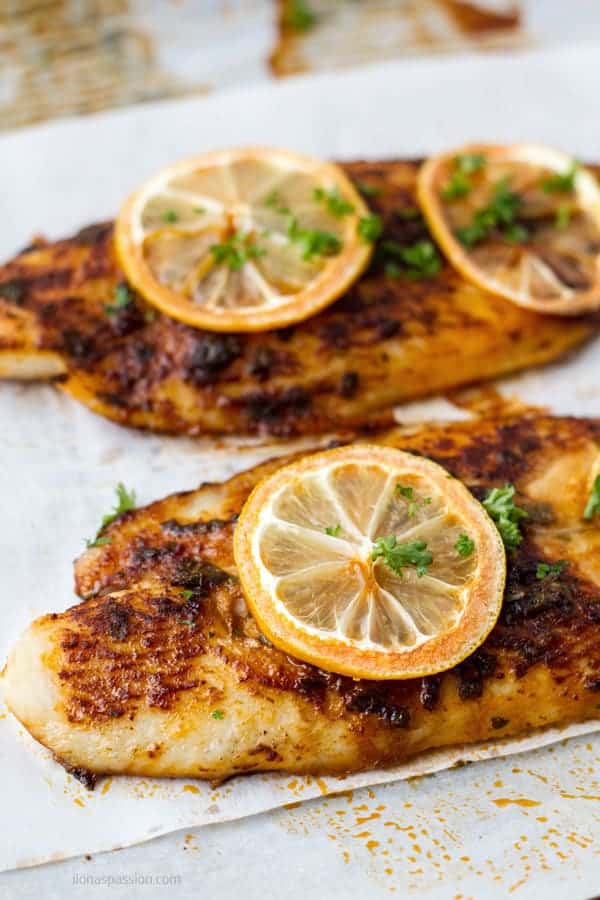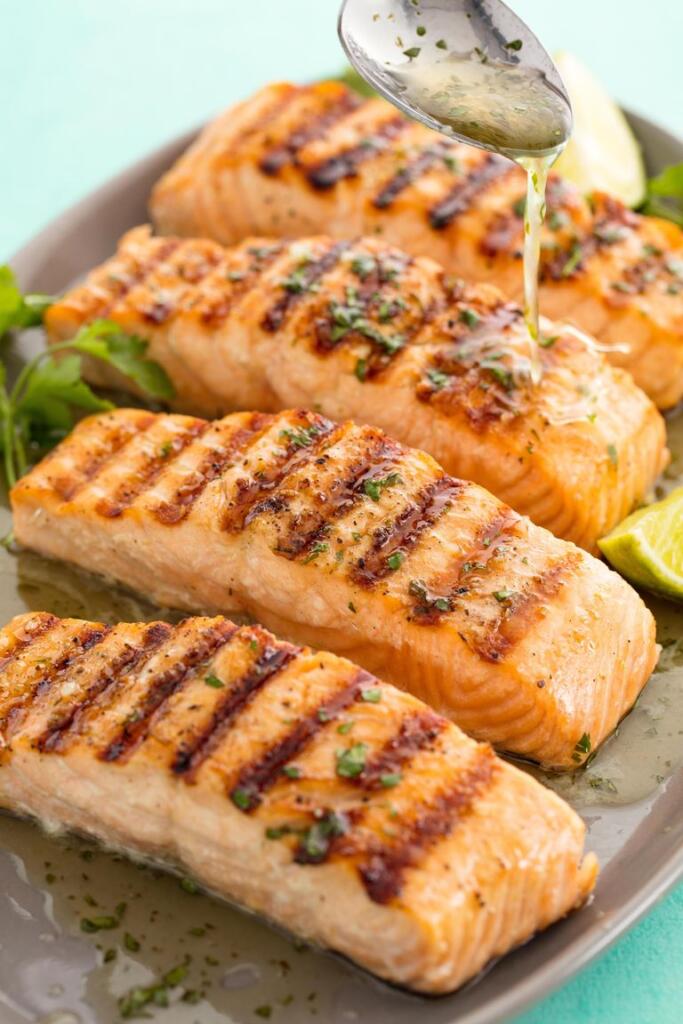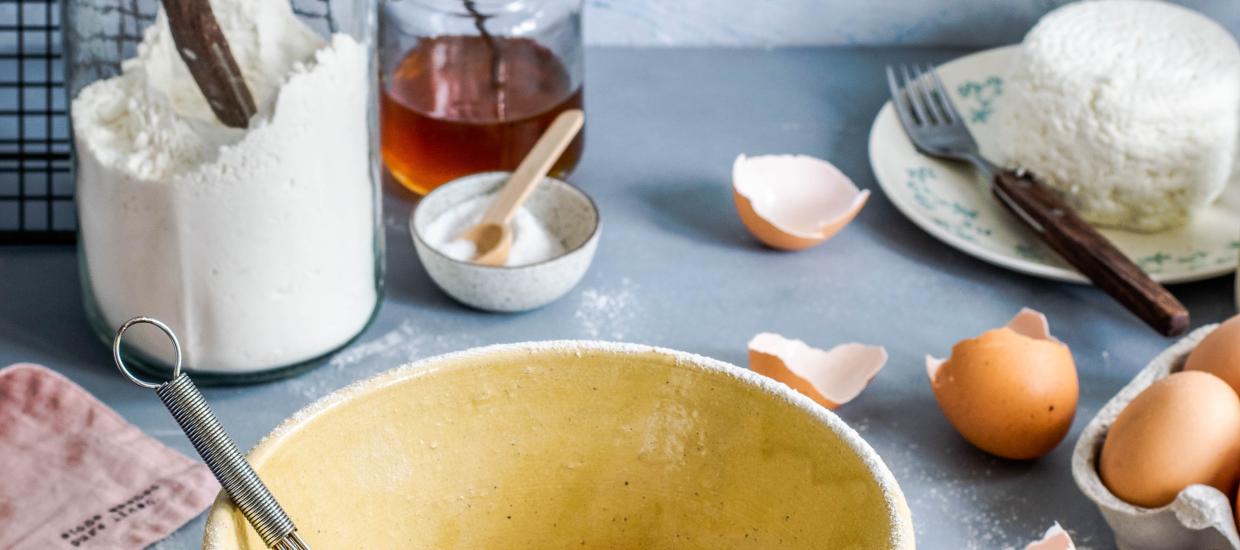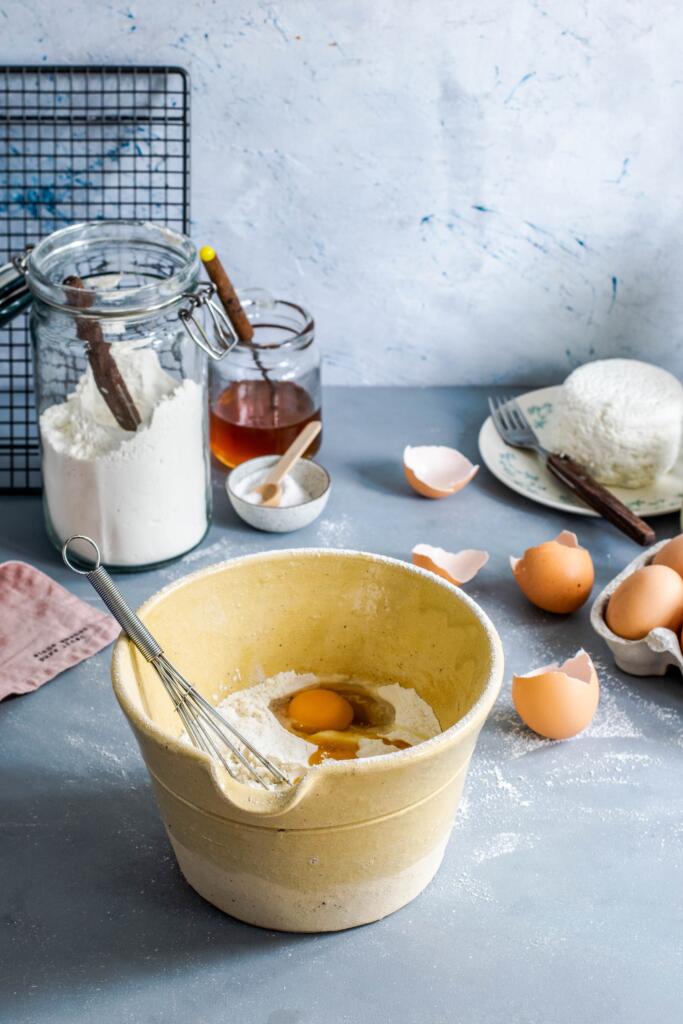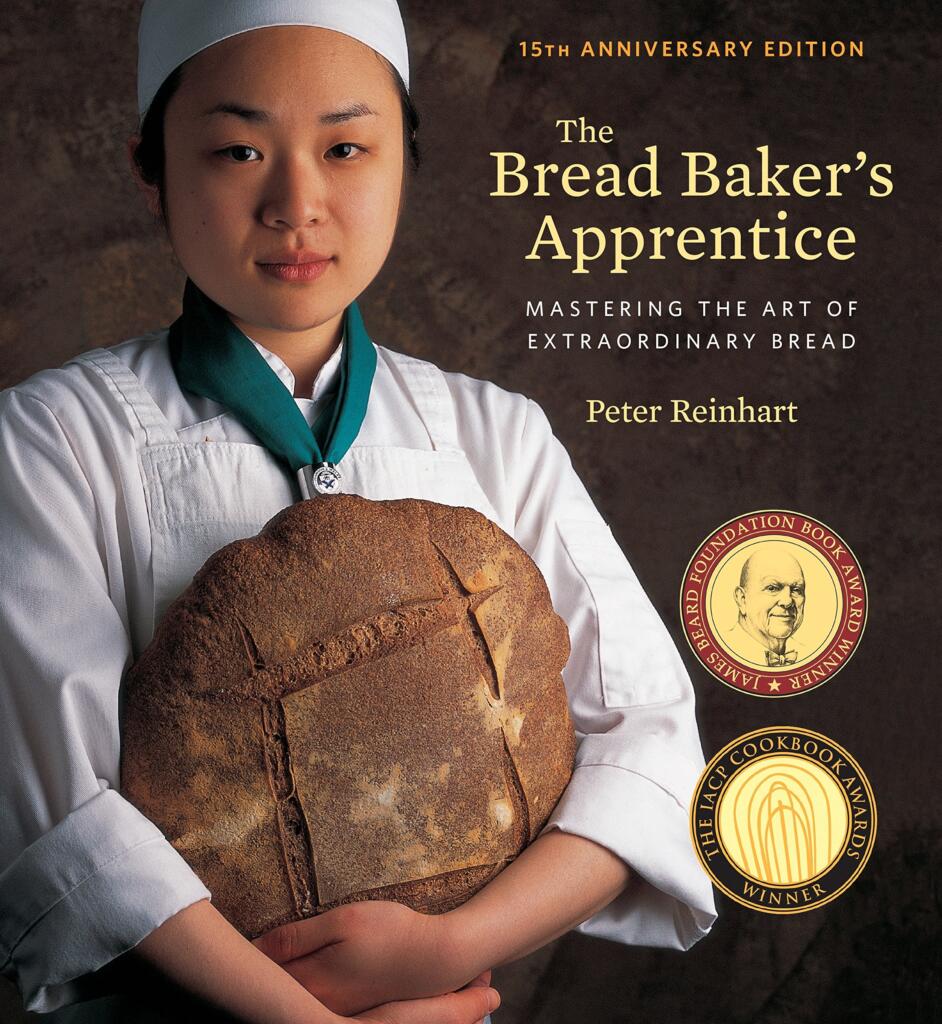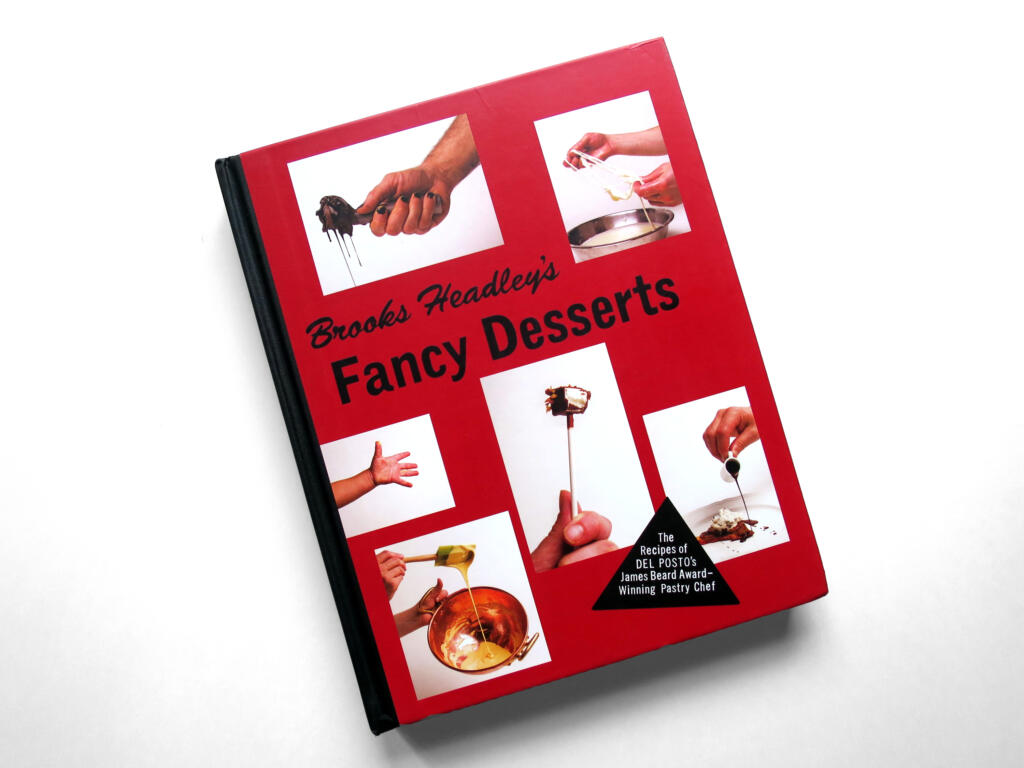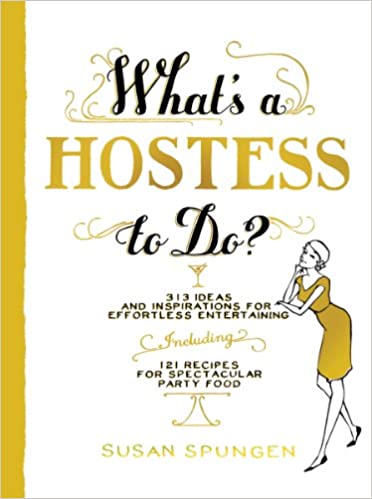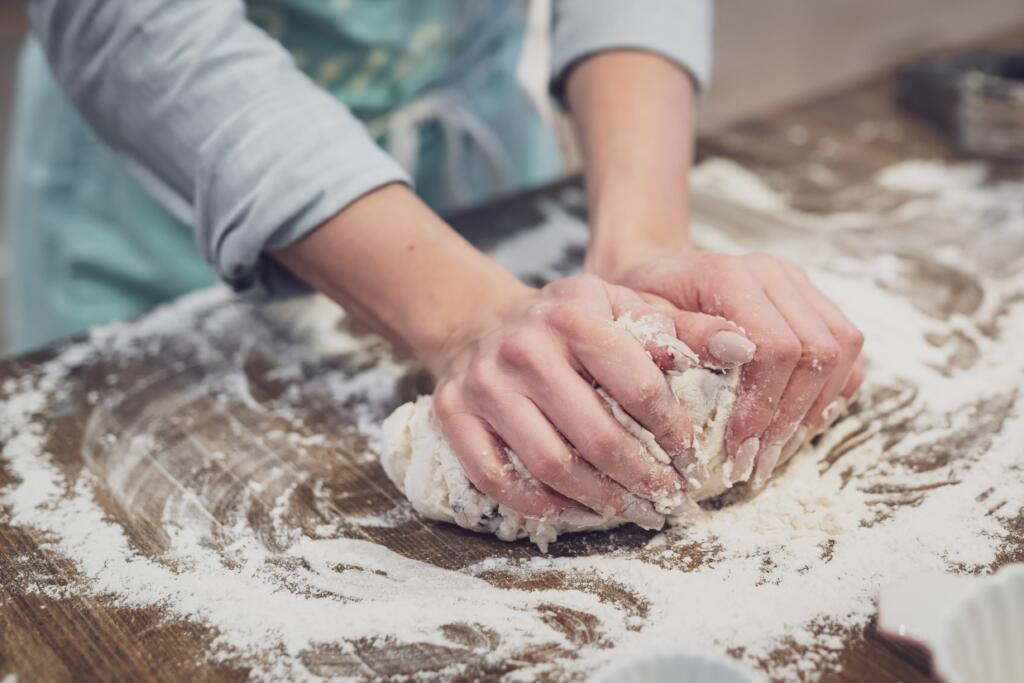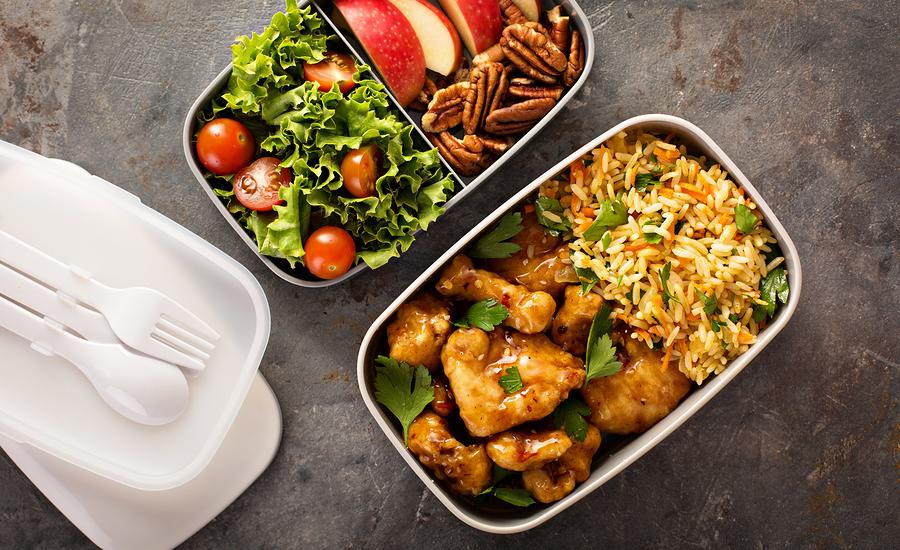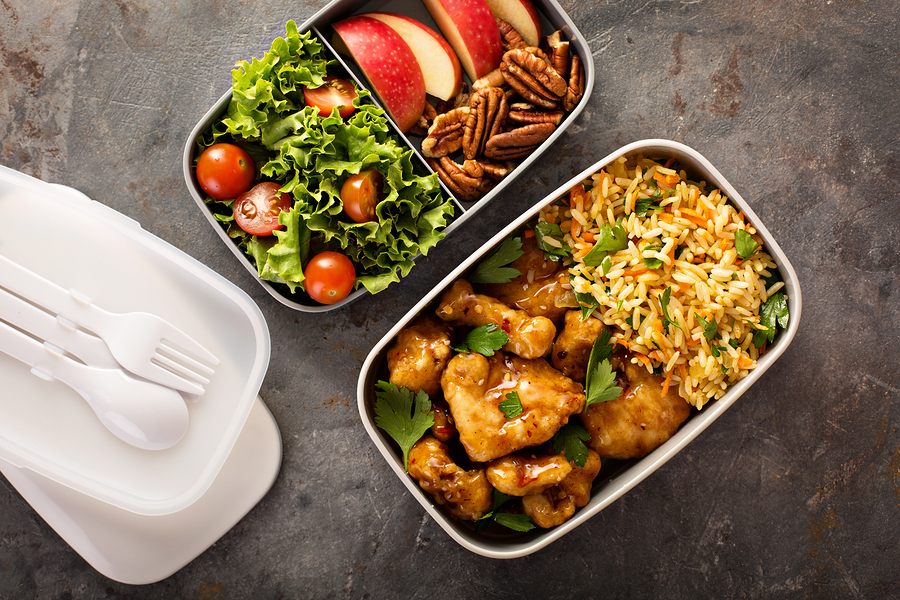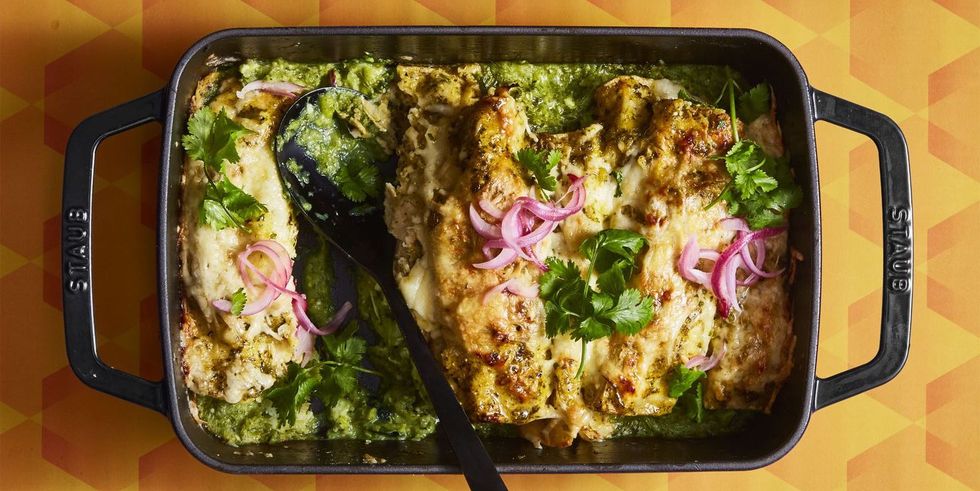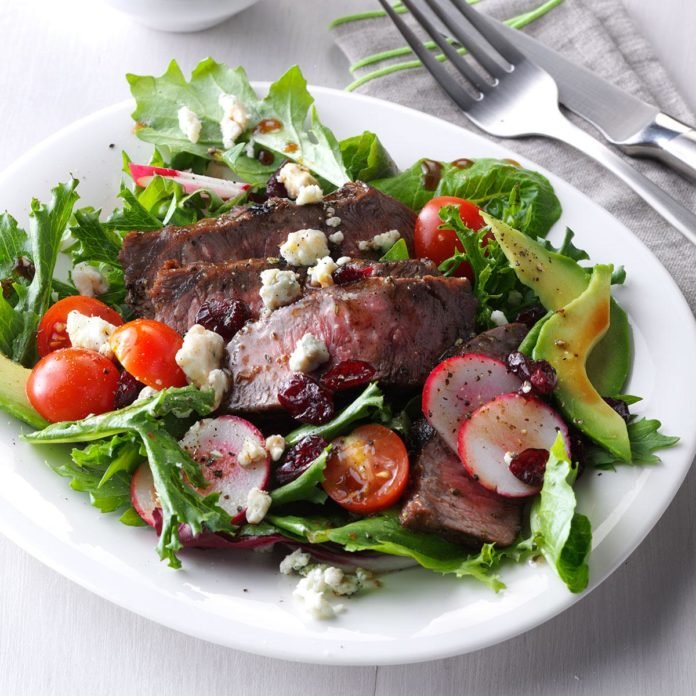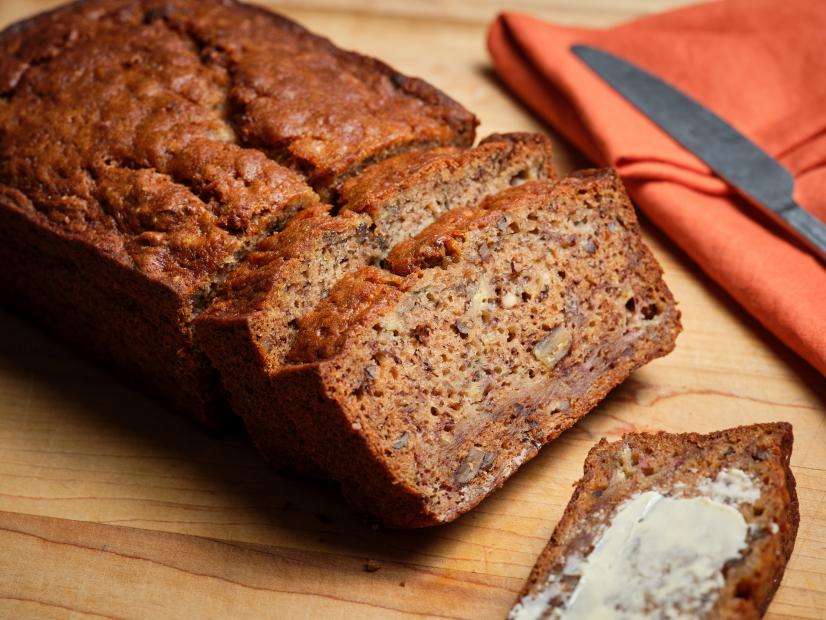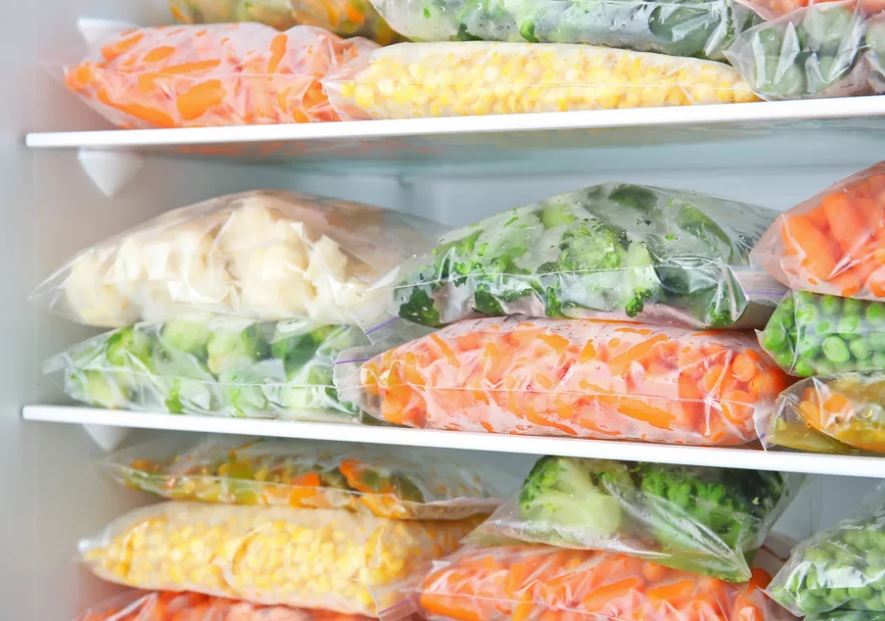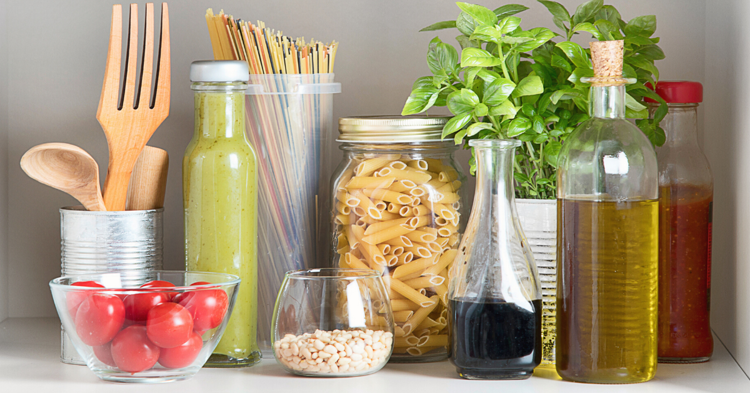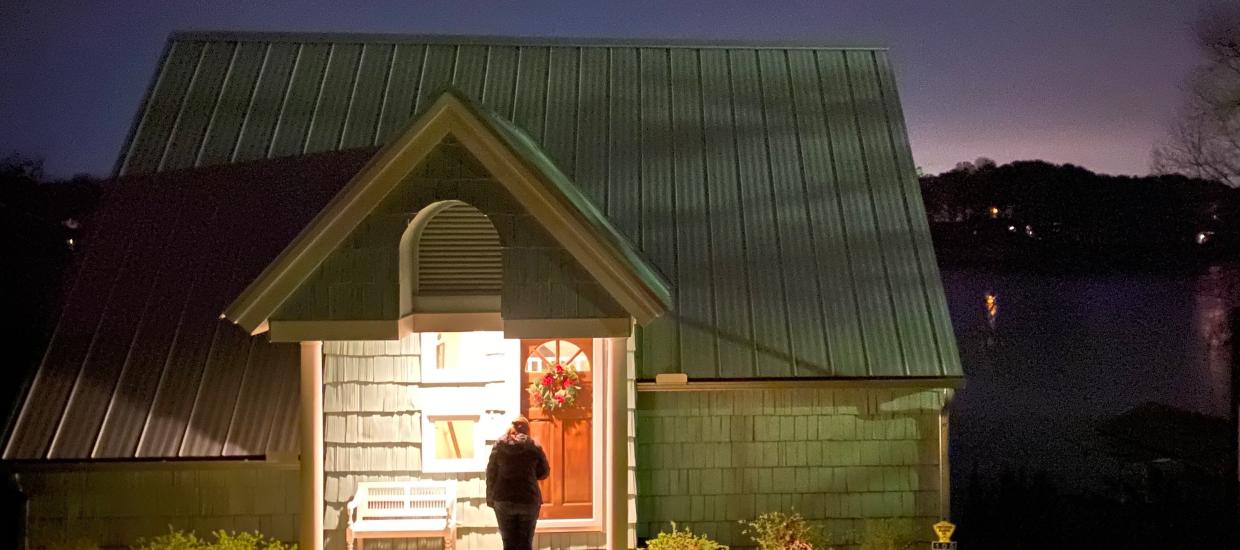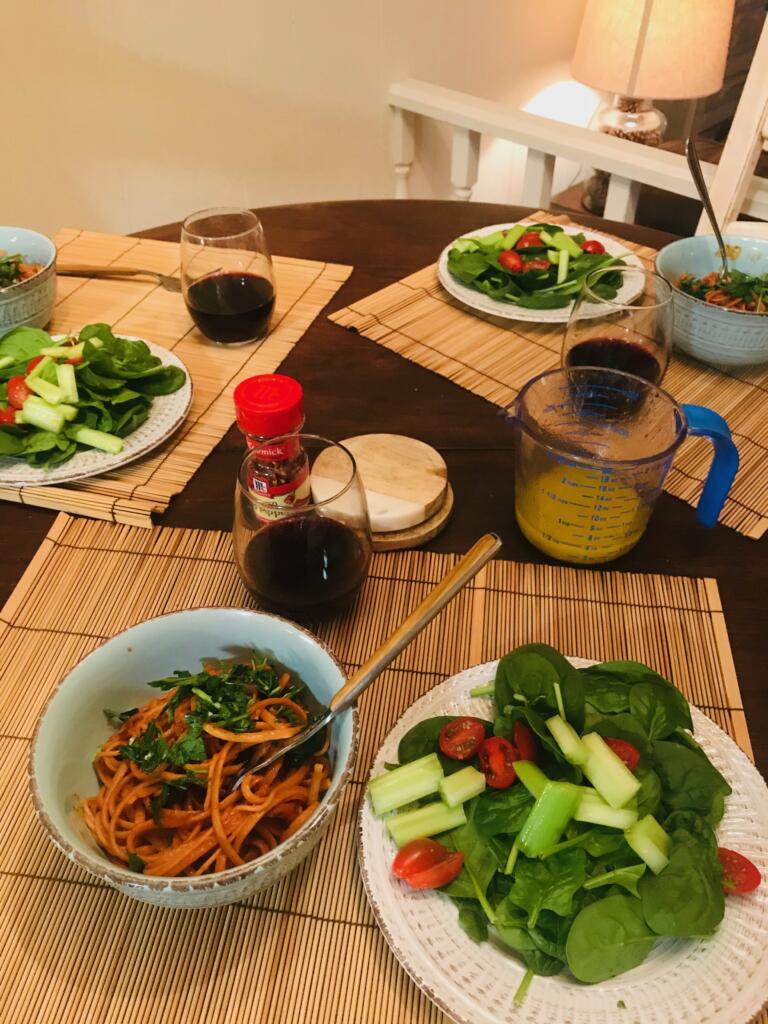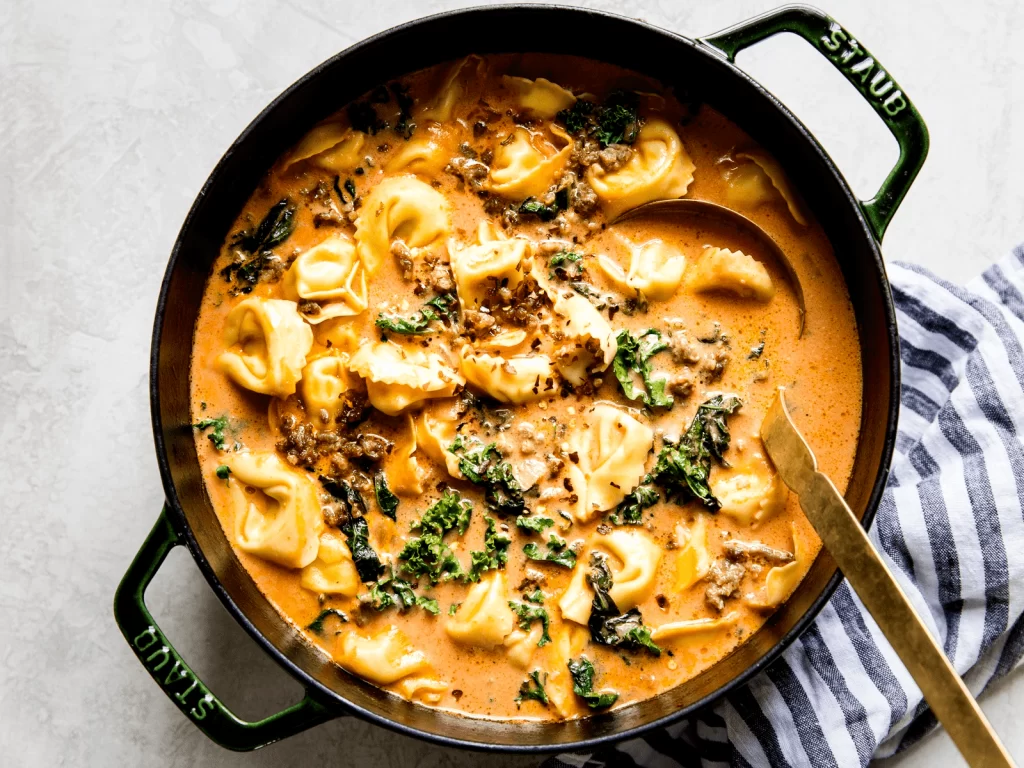
Contributing Author: Caitlin Gibson
Nothing warms up a cool fall day like a bowl of delicious soup. Easy to make for friends and family, soups are a great way to invite the new season into your lake home. And with ingredients like creamy red peppers and hearty wild rice, these fall soup recipes will bring the beautiful colors of autumn right into your kitchen.
Rich and Roasted
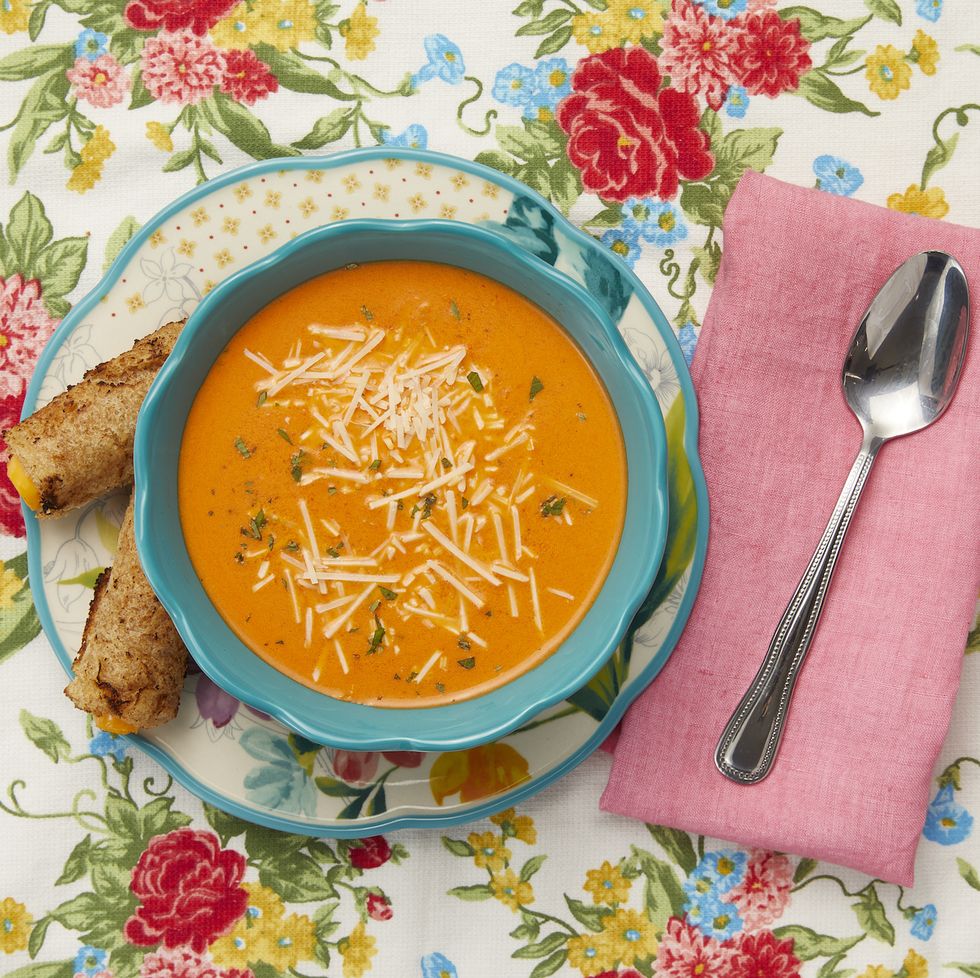
Made with flavorful red peppers and swirled with heavy cream, this smooth, rich soup is always a winner for the fall season. Pioneer Woman’s Creamy Roasted Red Pepper Soup is great by itself or with a toasty batch of parmesan breadsticks.
Ingredients:
- 2 tbsp. olive oil
- 2 tbsp. butter
- 1 chopped yellow onion
- 3 cloves garlic, minced
- 2 tsp. minced oregano
- 1 russet potato, peeled and chopped (optional)
- 2 16oz. jars of roasted red peppers, drained and sliced
- 1 tbsp. tomato paste
- ½ cup white wine
- 4 cups vegetable stock
- ½ cup heavy cream
- 1 tbsp. red wine vinegar
- ½ tsp. black pepper
Instructions:
Heat butter and olive oil in a Dutch oven over medium heat. Mix in onions, garlic, and oregano. Cook for 3 minutes. Add the potato and red peppers; cook for 3 minutes. Stir in tomato paste and cook for 2 minutes. Add salt and pepper and turn the heat up to medium-high. Pour in red wine and stock and bring to a gentle boil. Reduce heat and let simmer until potatoes are tender. Puree or blend mixture, then combine with cream and red wine vinegar. Garnish with grated parmesan.
Wild and Warm
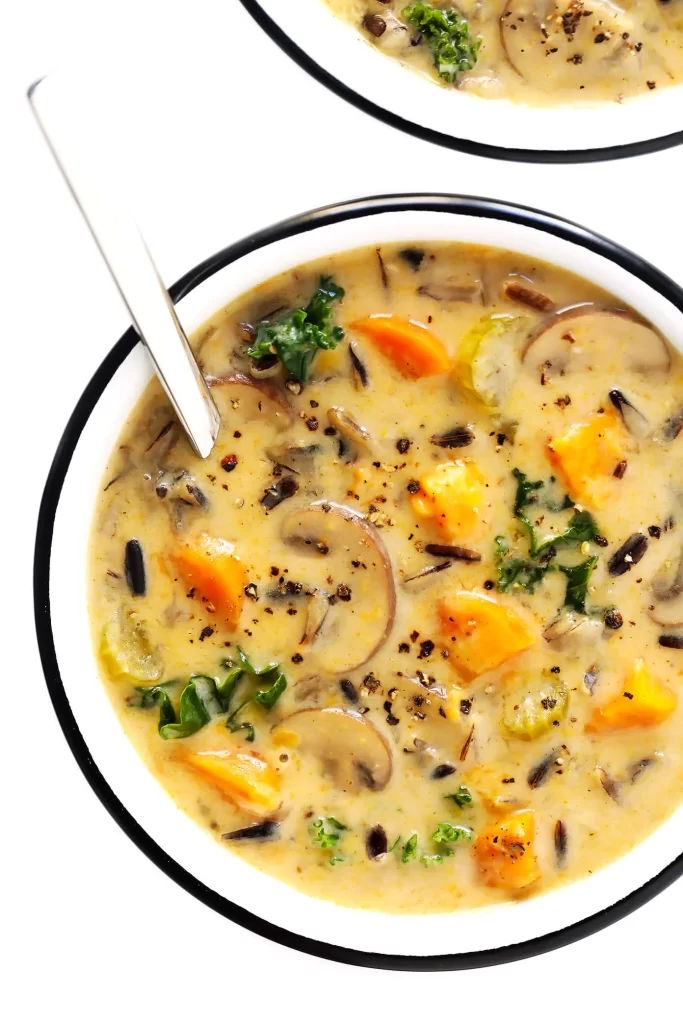
Everyone loves tasty comfort food for the chilly fall days. This Cozy Autumn Wild Rice Soup is the perfect soup for any diet, as it includes convenient variations. For example, you can add chicken, use different seasonings, adjust the spice level, or make it gluten-free. So this soup is great for experimenting with different flavors in the same dish.
Ingredients:
- 6 cups vegetable or chicken stock
- 1 cup uncooked wild rice
- 8 oz. baby bella mushrooms, sliced
- 4 garlic cloves, minced
- 2 medium carrots, diced
- 1 rib celery, diced
- 1 large sweet potato, peeled and diced
- 1 small white onion, peeled and diced
- 1 bay leaf
- 1 ½ tbsp Old Bay seasoning
- 1 can of unsweetened coconut milk
- 2 large handfuls of kale, chopped without stems
- Salt and pepper, to taste
Instructions:
In an Instant Pot pressure cooker, combine vegetable stock, wild rice, mushrooms, garlic, carrots, celery, sweet potato, onion, bay leaf, and Old Bay seasoning. Cook on high pressure for 25 minutes, and let the pot release pressure naturally for 10 minutes. Then release the remaining pressure, open the lid, and discard the bay leaf. Stir in coconut milk and kale until combined; add salt and pepper. Serve warm. For recipe variations, visit Gimme Some Oven.
Savory and Simple
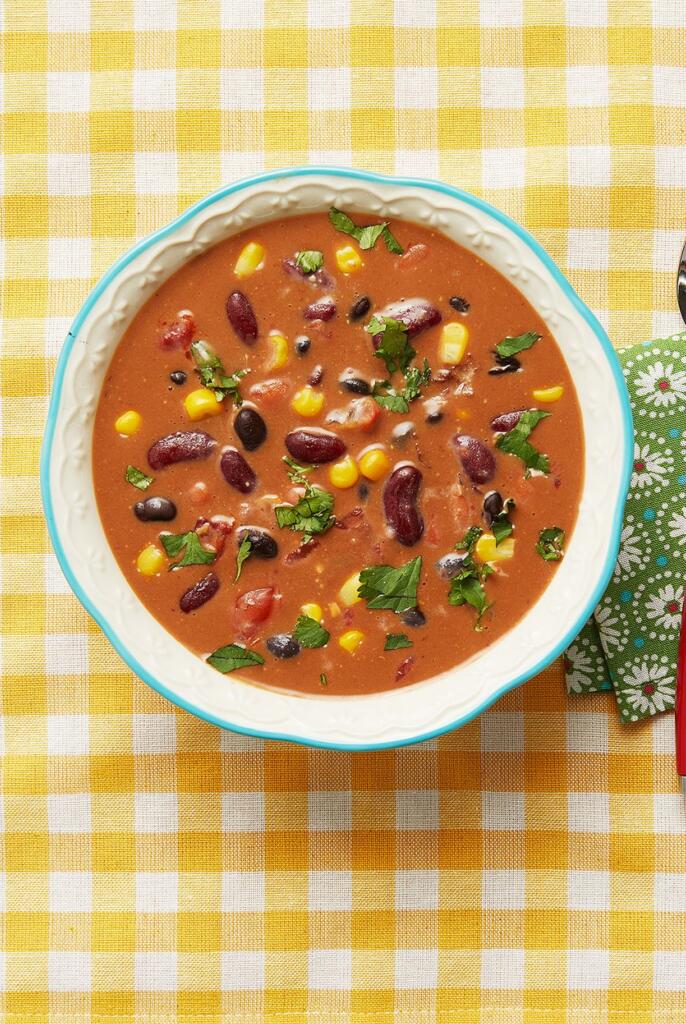
If you don’t enjoy cooking, you’re in luck with this soup. An easy recipe full of delicious ingredients, this 7- can soup is as quick as it sounds with amazing results. And it perfectly complements a day spent sitting by the lake and watching the leaves fall.
Ingredients:
- 1 can meat-only chili
- 1 can of kidney beans
- 1 can of pinto beans
- 1 can of black beans
- 1 can of diced tomatoes
- 1 can corn
- 1 can Rotel
- Salt and pepper, to taste
- 8 oz. Velveeta, cubed
Instructions:
Without draining, empty all the cans into a large pot over high heat. Bring to a boil, reduce heat, and simmer for 10-15 minutes. Add salt and pepper as needed. Dice cheese and mix it into the soup until melted. Serve hot and fresh.
Classic and Cozy
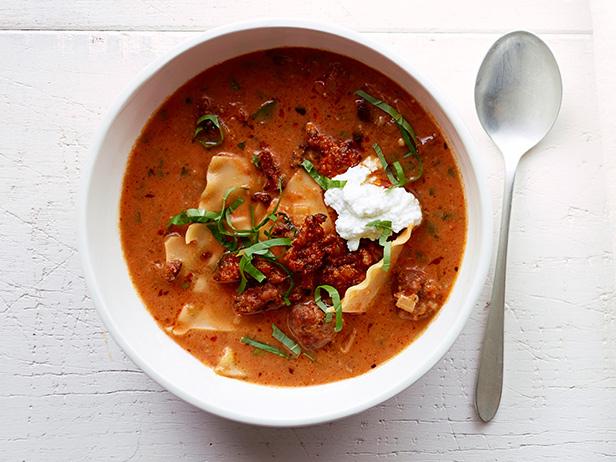
Lasagna has been a family favorite for decades. This Lasagna Soup recipe takes the household classic and puts a new spin on it. Perfect for the chef that likes to experiment with old-school classics, this hearty soup is super easy to make for the whole family.
Ingredients:
- Kosher salt, to taste
- 8 oz. lasagna noodles, broken into pieces
- 1 tbsp. extra-virgin olive oil
- 1 onion, chopped
- ½ pound hot or sweet Italian Sausage, casings removed
- 3 garlic cloves, chopped
- 1 tsp. dried oregano
- 1 tbsp. tomato paste
- 4 cups low-sodium chicken broth
- 1 can crushed or diced tomatoes
- ½ cup chopped basil
- ⅓ cup grated parmesan cheese
- ¼ cup heavy cream
Instructions:
Bring a large pan of water to a boil and add noodles. Then drain and drizzle with olive oil. In a separate Dutch oven, heat 1 tbsp. of olive oil over medium heat. Cook onion until softened, then add sausage, garlic, and oregano, breaking up the sausage until browned. Mix in tomato paste until darkened. Add broth, tomatoes, and one cup of water. Cover and bring to a simmer, then uncover and cook for 10 minutes. Stir in noodles, basil, parmesan, and heavy cream, and simmer. Serve with ricotta and basil.
Hearty at Home
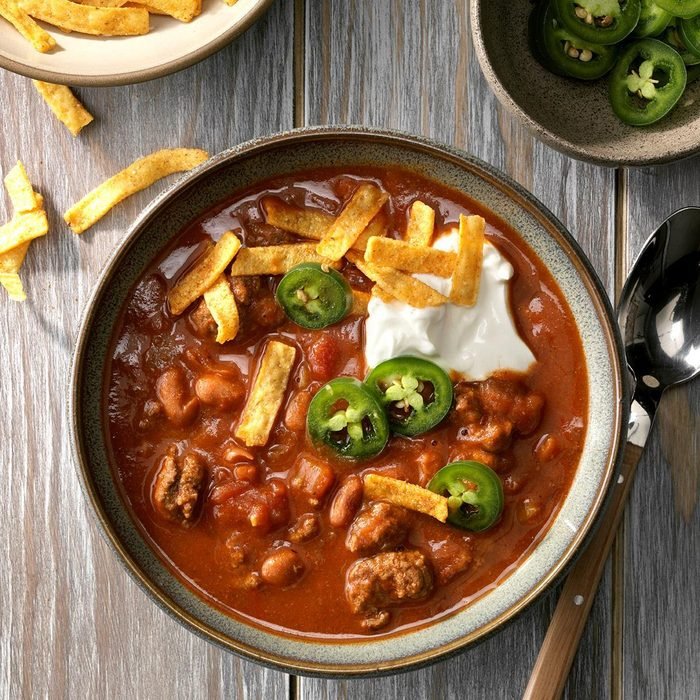
It’s hard to imagine fall without a warm bowl of chili. This Autumn Chili pairs perfectly with cold days when the leaves are turning from green to gold. Filled with savory seasonings and rich flavors, this soup is a fall fan favorite.
Ingredients:
- 1 large onion, chopped
- 2 cans diced tomatoes, undrained
- 2 cans of kidney beans, rinsed and drained
- 2 cups cooked and crumbled ground beef
- 1 can tomato sauce
- 1 medium green pepper
- 3 tbsp. chili powder
- 1 tbsp. ground cumin
- 2 garlic cloves, minced
- 1 tsp. baking cocoa
- 1 tsp. dried oregano
- Salt and pepper, to taste
Instructions:
In a large saucepan with cooking spray, saute the onion until soft. Mix in the remaining ingredients, and bring to a boil. Reduce heat, cover, and simmer for 2 hours, stirring occasionally. Serve with cheese and sour cream.
Now you have some easy and delicious recipes for seasonal events with family and friends. Besides, fall weather makes lake life even more beautiful, so why not have some cozy soups to keep you warm while you soak in the views?

